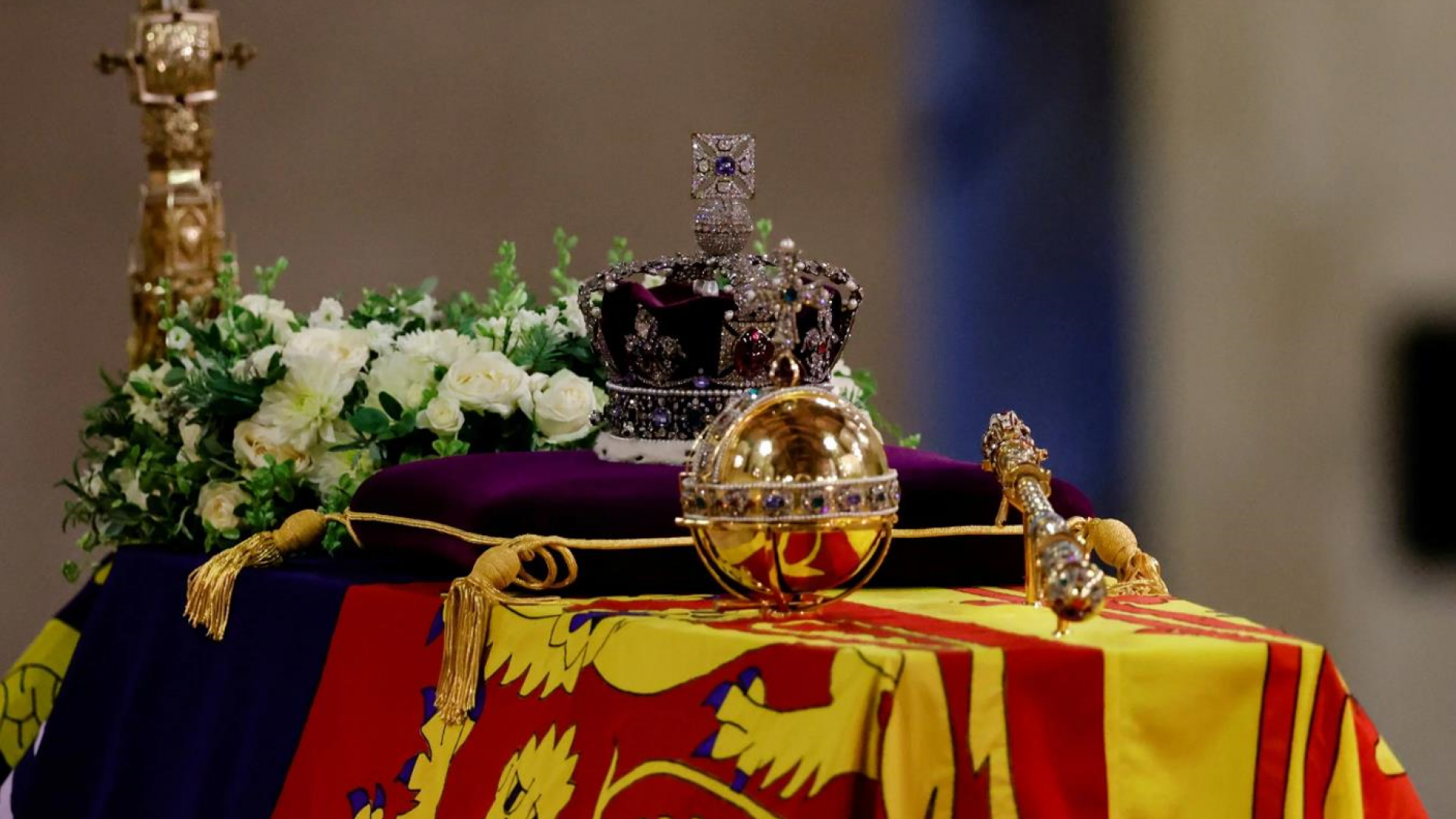Ben Roberts
Following the passing of the Queen on 8th September, the outpouring of gratitude and condolences from charities has proven just how great of an impact she made on the sector. Having been patron to 510 charities, and a continuous supporter of over 800, there can be no doubt that she was one of the greatest advocates for philanthropy that the country has had. In fact, during her Diamond Jubilee in 2012, it was revealed that she had raised £1.43 billion for the causes she was patron or president of. This level of fundraising could only emerge from a passionate and engaged effort, but also from effective use of the incredible platform that the Queen held. So, as we transition to a new monarch, it’s worth exploring how we much of the same support we can expect to carry through, and to ask what changes we might see in King Charles III’s charitable habits.
Luckily for those who already called the Queen a supporter, patronage is traditionally transferred from one monarch to the next. Starting in the 18th Century with King George II who patroned the Society of Antiquaries, patronages have often been passed down from one ruler to the next. The Queen herself inherited 433 of her 510 patron roles from her father, King George VI, upon his death. Though the remaining 77 had to apply and become royally endorsed during her reign, for those that were inherited this meant over 70 years of unbroken support from the Head of State. For charities in this camp such as the British Red Cross, the relationship held with the crown would likely have been one of their best sources of publicity and would have provided a boost to their fundraising and profile. In fact, the royal connection has been vital to the formation and continuation of several core charitable groups. Where the ‘Royal’ prefix is used, a strong historical connection is likely to be present, such as in charities like the RSPCA, RSPB, or Royal British Legion.
To explore which specific sectors of charity will be most affected by this transitionary period, it’s important to recognise which causes were most important to the Queen herself. While her list of patroned charities was extensive, covering everything from museums, to health charities, to promoting British cycling, there are some causes that seemed most dear to her. Charities covering community and civic issues were among her most patroned, making up 14% of her portfolio, narrowly beating an almost identical number of educational charities. It appears that the Queen was most avid about supporting young people and improving the opportunities available to them, additionally through youth groups such as Girlguiding and cadet groups. So, while patronage of these organisations will be passed on, and support from the royal family will continue, it’s important to recognise that the Queen’s specific interest in them may not carry over.
We can tell in part where the priorities of the remaining Royal Family lie based on choices made to take over patronage of certain charities in 2016. The wider Royal Family support 2,415 charities across the UK, and each have their own favourite sectors. Upon the Queen’s 90th birthday, 25 of her patronages were passed down to members of the family, in part selected by those who had the most interest. King Charles, for example, opted to bolster his established affinity for faith charities, and become patron of the Holocaust Memorial Day Trust, while The Duchess of Cornwall opted to become patron of Battersea Dogs Home, a cause close to her heart. Prince William took on the role as president of the British Sub-Aqua Club, the third royal to do so. These decisions tell us a great deal about the types of charities that might successfully apply for royal patronage in the future, affirming long suspected preferences such as King Charles’ love for environmentalism, or Prince William’s advocacy for mental health causes.
Though we may know which charities are favourites of the new King, however, we should still hope for him to be a heavy hitter with his support. Though the cost-of-living crisis rages on, the news cycle was naturally preoccupied with the tragic news of the Queen’s passing. And, while time for mourning is vital, the new monarch and wider Royal Family now have a unique opportunity to use their platform to promote effective change within the country. With the Queen’s funeral having been watched by (some figures suggest) half the planet, this opportunity to take action in supporting the public and their most needed charities cannot be missed. A third of people see charitable action as the most important role of the Royal Family – carrying on the Queen’s heritage of philanthropy would be the greatest legacy she could hope for.

